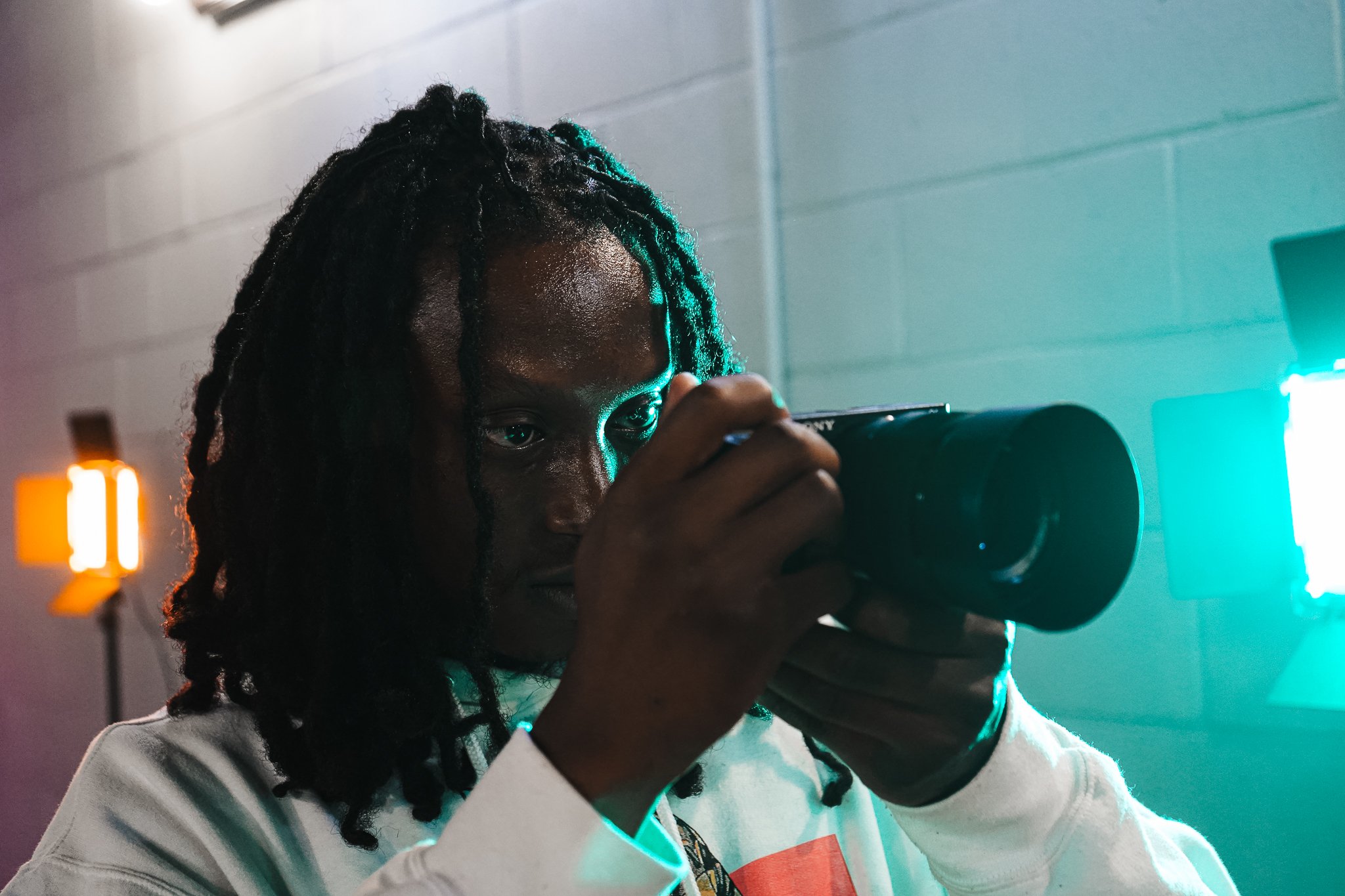
Mixed Lighting
Mixed lighting in photography refers to situations where there are multiple light sources of different colors or temperatures present in the same frame. This can be a challenging but rewarding aspect of photography, as it requires careful attention to lighting and color balance. In this article, we will explore both the basic and advanced techniques of mixed lighting in photography.
Basic Techniques of Mixed Lighting in Photography
Use a white balance preset: Most digital cameras have a variety of white balance presets that allow you to adjust the color temperature of the image. In mixed lighting situations, try using the "daylight" or "cloudy" presets to balance the color temperature of the image.
Use a gray card: A gray card is a neutral-colored card that reflects light in an even manner. By photographing the gray card and using it as a reference, you can more accurately set the white balance of the image.
Use the "color temperature" slider in post-processing: In post-processing software such as Adobe Lightroom, you can use the "color temperature" slider to adjust the overall color temperature of the image. This can be especially useful in mixed lighting situations, as it allows you to fine-tune the color balance of the image.
Use color correction filters: Color correction filters are lens filters that change the color temperature of the light entering the lens. By using a color correction filter, you can balance the color temperature of the image and reduce the impact of mixed lighting.
Use the "Selective Color" tool in post-processing: In post-processing software such as Adobe Photoshop, you can use the "Selective Color" tool to adjust the color balance of specific colors in the image. This can be useful in mixed lighting situations, as it allows you to fine-tune the color balance of the image.
Advanced Techniques of Mixed Lighting in Photography
Use a color meter: A color meter is a device that measures the color temperature of a light source. By using a color meter, you can more accurately set the white balance of the image and reduce the impact of mixed lighting.
Use multiple white balance presets: In mixed lighting situations, it can be helpful to use multiple white balance presets in different areas of the image. For example, you might use the "cloudy" preset for the shadows and the "daylight" preset for the highlights.
Use a color checker: A color checker is a chart with a variety of colors that can be used to calibrate the colors in an image. By photographing the color checker and using it as a reference, you can more accurately set the white balance and color balance of the image.
Use the "Split Toning" tool in post-processing: In post-processing software such as Adobe Lightroom, you can use the "Split Toning" tool to adjust the color balance of the highlights and shadows separately. This can be useful in mixed lighting situations, as it allows you to fine-tune the color balance of the image.
Use the "Match Color" tool in post-processing: In post-processing software such as Adobe Photoshop, you can use the "Match continue Color" tool to match the color balance of one image to another. This can be useful in mixed lighting situations, as it allows you to use a well-exposed image with consistent lighting as a reference to adjust the color balance of an image with mixed lighting.
In conclusion, mixed lighting in photography can be a challenging but rewarding aspect of photography. By mastering both the basic and advanced techniques of mixed lighting, you can create images with accurate and consistent color balance, regardless of the lighting conditions. By using techniques such as white balance presets, gray cards, color correction filters, and post-processing tools, you can effectively manage the impact of mixed lighting in your images.
